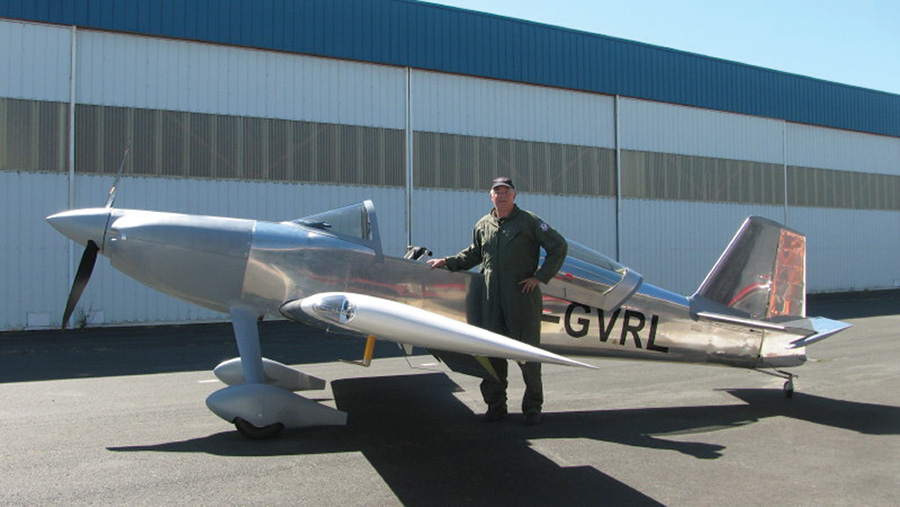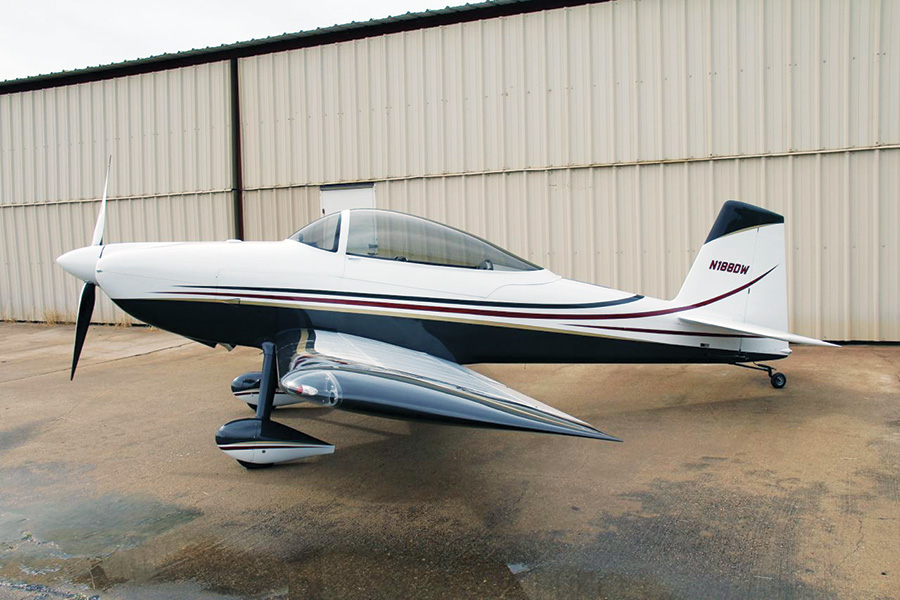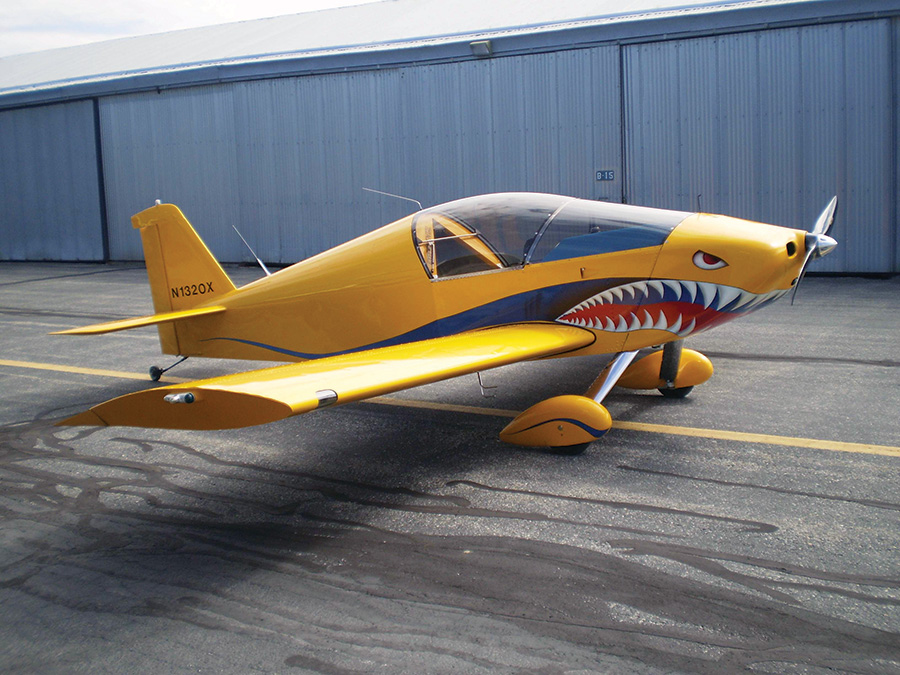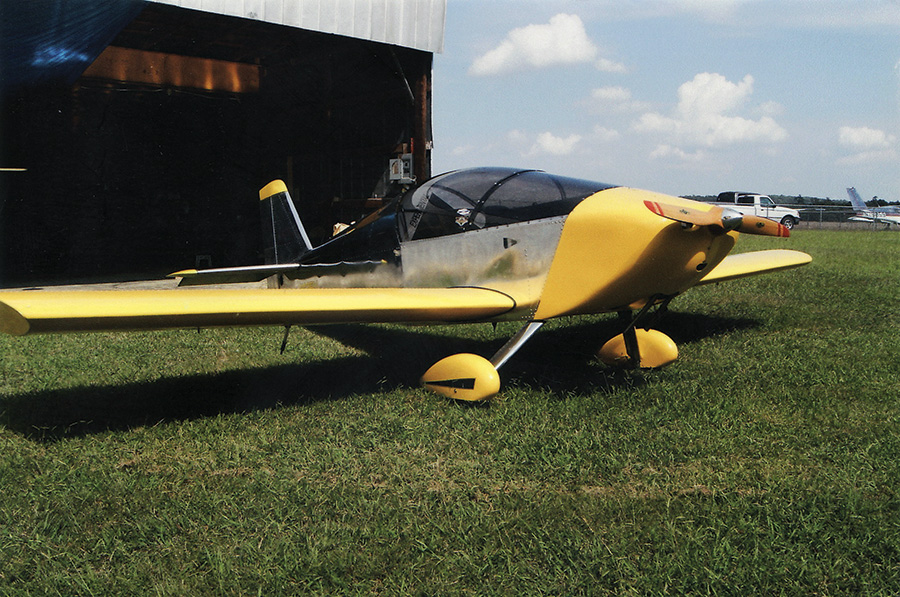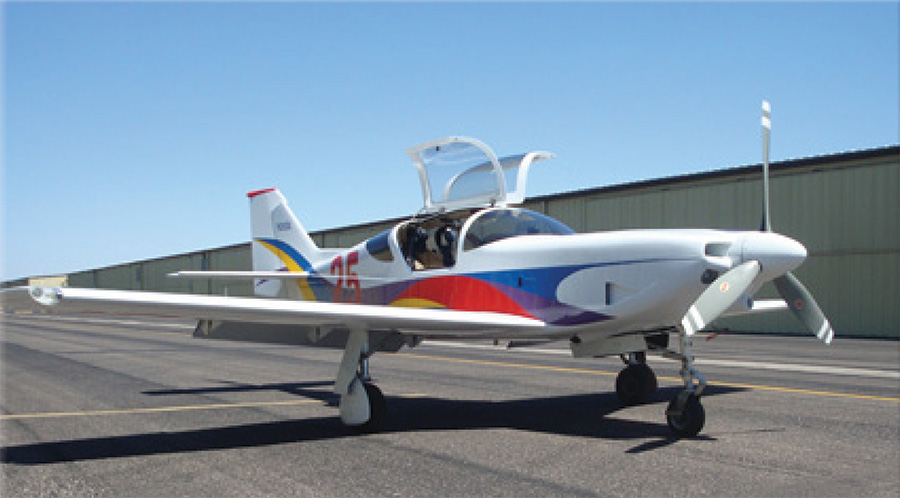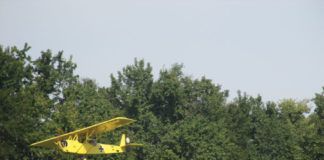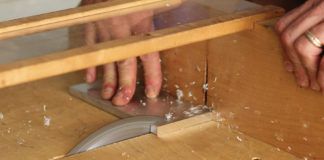Vernon Little’s Harmon Rocket
Harmon Rocket C-GVRL is my second completion. The first was an RV-9A C-FVRL. The VRL twins are hangared at Victoria International Airport (CYYJ). On August 21, 2013 I flew the Rocket for the first time. Perfect day, almost perfect flight with just a few snags.
The Rocket is a test mule for several avionics devices that I designed and put into the public domain through MakerPlane. Flies like a racehorse, not a mule!
Special features of this aircraft include modifications to use the sliding canopy from the F1 Rocket, oversize tires for rough fields, IO-540-D4A5 with roller lifters, Raven 1/2-inverted system, propeller shaft seal to reduce air leakage around prop, plenum, single mag plus Electroair ignition, single SkyView VFR panel, centralized electrical system using breakers and automotive relays for all loads.
Easy to fly!
Victoria, Canada
www.vx-aviation.com/sprocket
Charles McCluggage’s RV-8
I finished N188DW and the inspection was completed in the fall of 2012. First flight was November 6. All went well and the plane has been a delight to fly now for over 100 hours. It is powered by an Aero Sport Power IO-375 with dual P-Mags turning a WhirlWind 200RV. An all-Garmin IFR panel, including the G3X, makes navigation and engine management straightforward and adds to the fun. My first cross-country was to Oshkosh 2013, fulfilling a goal I have long held: to fly a plane built with my own hands and park it at the show.
Thanks to the great sport aviation community here in Houston, with a special shout-out to Doug Knab for his help and encouragement. And a final very special thanks to my wife Susan, who is always supportive of whatever I want to do. When a task produced less than pleasing results and I was a bit down, it was her encouragement that kept me going.
Houston, Texas
[email protected]
Jerry Loeffelbein’s Sonex
Sonex N1320X took to the air March 29th, 2013 after 3 years (1500 hours) of cutting, drilling, asking, learning, and riveting. N1320X is the culmination of a life-long dream of building and flying my own airplane. Sonex plans are great, and easy to use once you learn to read them properly. The factory builders’ workshop was a tremendous help; factory assistance was fantastic after the sale, too. The plane flew great from the first flight, the AeroVee moving it smoothly at about 125 mph. Many thanks for the help and encouragement of friends, family, and EAA Chapter 424 (Home of Miss Veedol) in East Wenatchee, Washington. The graphics are free-hand by Dead End Graphics. If you are thinking of building your own plane, I highly recommend a Sonex. The Sonex will be hangared at Cashmere, Washington. You are welcome to come by to see it, or contact me with any questions.
Cashmere, Washington
[email protected]
Richard Yerian’s GlaStar
I started building the GlaStar in 1996 with the help of my wife Judy. The time to complete it was 17 years. The project started in a two-car garage in Phoenix, AZ, and when it outgrew the garage, a hangar was purchased at a local airpark. From time to time, the project took a backseat to other things, which explains the long build time. The kit was purchased before quickbuild kits, therefore, all the work except the paint and upholstery was completed by the builder. I stopped counting at 3000 hours. The engine is a Lycoming O-320 with a three-blade wood prop. Top speed is about 135 knots.
Independence, Oregon
[email protected]
Larry Long’s Sonex
My first-time project N635LL was flown on December 5, 2012 by my mentor/hangar mate, Wayne Andrews, at Siler City, North Carolina Airport. The kit was started even before my first ride in a Sonex. I soloed a J3 Cub in 1957, however life got in the way, and I am just now working on a Sport Pilot Ticket at 771/2 years old. The Sonex is powered with a Jabiru 2200 engine and has dual controls. The paint is Sun Yellow Krylon from a rattle can! I received great help from all my RC buddies, especially Chris Bobo and Wayne Andrews. Great kit, plans, and support from Sonex!
Candor, North Carolina
[email protected]
Tom Robertson’s Glasair
This aircraft combines the lighter airframe of the Glasair IIS/R aft of the firewall, Glasair III components forward of the firewall, and a modified Lycoming IO-540. At 300 pounds lighter than the Glasair III, it approximates the performance of the Lancair Legacy with 6G+/4G- stressing.
The wing airfoil was modified to approximate the NLF airfoil on the P51D Mustang with consulting assist by Ed Horki, chief aerodynamist of the Mustang in WWII. Other consulting contributors were Jeff Viken at NASA Langley, and Roy Lopresti.
Over the last 15+ years, N25SX has accumulated over 1300 hours on numerous long cross-country flights, including one stop across the U.S., and Guatemala to McAllen, Texas, nonstop over Mexico averaging 215 KTAS at 11,500 msl.
BUILDERS SHARE THEIR SUCCESSES
 Submissions to “Completions” should include a description (a few paragraphs only—250 words maximum) of the project and the finished aircraft. Also include a good color photograph of the aircraft. Please include a daytime phone number where we can contact you if necessary. Also indicate whether we may publish your address in case other builders would like to contact you. Send submissions to [email protected] with a subject line of “Completions.” Photos must be high-resolution—300 dpi at a 3 x 5 print size is the minimum requirement.
Submissions to “Completions” should include a description (a few paragraphs only—250 words maximum) of the project and the finished aircraft. Also include a good color photograph of the aircraft. Please include a daytime phone number where we can contact you if necessary. Also indicate whether we may publish your address in case other builders would like to contact you. Send submissions to [email protected] with a subject line of “Completions.” Photos must be high-resolution—300 dpi at a 3 x 5 print size is the minimum requirement.

